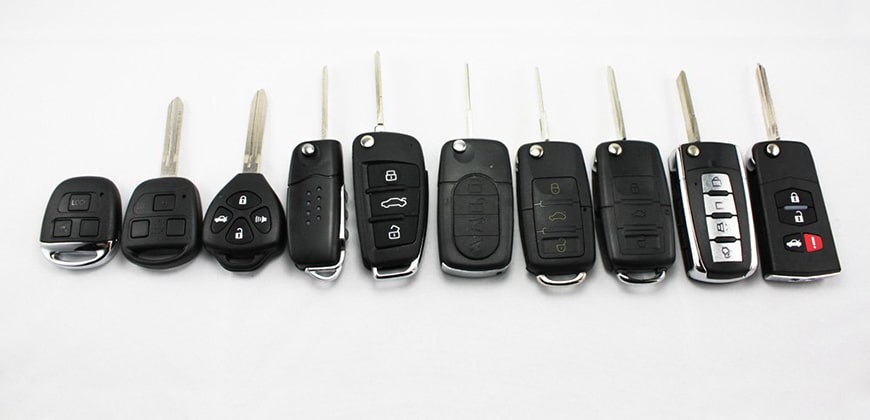June 13, 2016: EU Directive 2014/53/EU Covering Radio & Telecom Equipment Takes Effect
Directive 2014/53/EU covers radio equipment and telecommunications terminal equipment (R&TTE). Including active implantable medical devices and some medical devices. Other examples of devices that fall into this new directive are mobile communications equipment such as cellular telephones, citizens band (CB) radio, broadcast transmitters, car door openers, and maritime radars.
The Commission of the European Union (EU) has a new directive in place to ensure that the radio equipment and the rising numbers of users can co-exist without interference. Clarifying requirements for the compliance of radio equipment for the European market, equally weighed into the purpose of the new directive, along with lowering compliance costs for businesses (especially small and medium-sized enterprises) and environmental responsibility by facilitating the use of a common charger for handheld electronic devices.
Antonio Tajani, Commissioner for Industry and Entrepreneurship and European Commission Vice President said, “Today’s vote sets the basis for further innovation and growth in the area of mobile communications. The sector continues to show enormous potential. Reliable and fast wireless communications are essential to the on-going revolution in manufacturing, services, education, entertainment, and practically all spheres of life. And there is more: the new rules enable us to introduce a common charger for mobile phones and similar devices. This is very good news for our citizens and for the environment”.
Changes in the new directive improve instruments for market surveillance such as the traceability obligations of distributors, importers, and manufacturers, and opening the possibility of requiring prior registration of radio equipment in categories affected by low compliance levels. A detailed requirement for radio receivers to attain a minimum level of performance to facilitate efficient use of the radio spectrum was clarified.
Aligning with the New Legislative Framework for products (IP/14/111), the new directive specifies responsibilities for distributors, importers, and manufacturers, making the framework for products more constant and easier to apply. Administrative obligations that were deemed unnecessary were abolished.
New requirements were introduced with precise requirements that kept open the idea that the Commission will have the possibility to require mobile phones and similar devices be compatible with a common charger, and that software is used in radio equipment only after compliance with the combination of the software and radio equipment has been demonstrated.
Article 3.3 (a) of the New Directive states, “Radio equipment within certain categories or classes shall be so constructed that it complies with the following essential requirements: radio equipment inter works with accessories, in particular with common chargers”.
The new directive includes all devices with frequencies below 3000 GHz, which is broader than the old directive 1999/5/EC, only requiring compliance with devices that transmit from 9 kHz up to 3000 GHz. Importers and manufacturers with devices operating in frequencies under 9 kHz will need to comply with the new Directive. There may be additional updates from the EU to address this expanded range.
The two-year transition period for the New Directive extends the opportunity for businesses to follow compliance while minimizing the impact, with the New Directive taking effect on June 13, 2016.
Article: “Amy Jones | HCTA”
Editor: “M. Danmole”
Image: “Ali Express”





